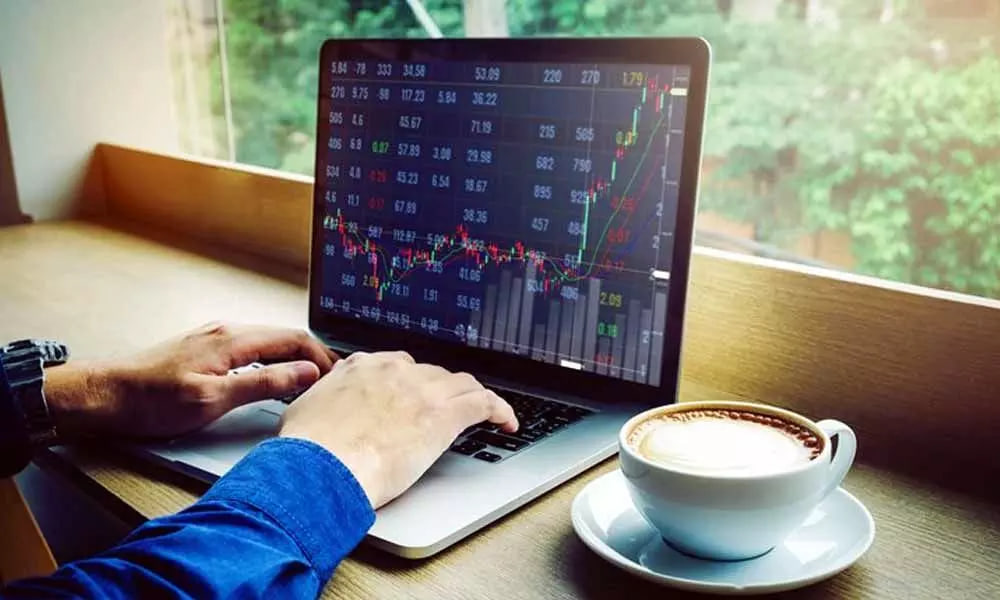Brazil's Real Takes a Tumble: Understanding the Plunge Below 6.2 Against the Dollar
Meta Description: Deep dive into the recent sharp depreciation of the Brazilian Real against the US dollar, exploring the underlying economic factors, geopolitical influences, and potential future scenarios. Learn about the implications for investors, businesses, and everyday Brazilians. #BrazilianReal #USD #CurrencyExchange #BrazilEconomy #Geopolitics #EmergingMarkets
Wow, talk about a market shake-up! The Brazilian Real (BRL) recently took a nosedive against the mighty US dollar (USD), plummeting past the psychologically significant 6.2 mark – a drop of over 1.2%! This isn't just some minor fluctuation; it's a major event with far-reaching consequences for Brazil and the global economy. This isn't clickbait; this is a serious examination of a complex situation, drawing on years of experience analyzing emerging market currencies and global financial trends. We'll cut through the jargon and deliver insightful, actionable information you can actually use, whether you're a seasoned investor, a curious observer, or simply someone wanting to understand the economic forces shaping our world. We'll go beyond the headlines and delve into the why behind this significant shift, exploring the interwoven factors that drove the Real's decline. Get ready to unpack the intricacies of Brazil's economic landscape, the geopolitical undercurrents influencing its currency, and the potential ripple effects felt across international markets. We’ll even look at what this means for the average Joe in Brazil, facing rising import costs and potentially, a squeeze on their purchasing power. Buckle up, because it's going to be a wild ride through the fascinating, and sometimes turbulent, world of international finance! This isn't just another dry economic report; it's a story of economic forces, human impact, and the ever-shifting sands of global finance. Let's dive in!
Brazilian Real Depreciation: A Deep Dive
The recent drop in the Brazilian Real against the US dollar is a multifaceted issue, not simply a single event. Understanding its causes requires examining several key factors, each intertwining with the others to create a complex economic tapestry. It's not as simple as pointing to one single culprit; rather, it's a confluence of events that have conspired to weaken the Real.
Global Economic Headwinds
Let's face it: the global economy is a bit of a rollercoaster right now. High inflation in many developed nations, coupled with aggressive interest rate hikes by central banks like the Federal Reserve (the Fed), has created a flight to safety. Investors often seek refuge in the US dollar during times of uncertainty, leading to increased demand and consequently, a stronger USD. This phenomenon significantly impacts emerging market currencies like the Brazilian Real, which often see capital outflow as investors shift their holdings towards perceived safer havens. Think of it like this: if everyone's suddenly afraid of a storm, they'll rush to sturdy shelters, leaving the shakier structures behind. The USD is currently seen as that sturdy shelter.
Furthermore, the ongoing war in Ukraine continues to disrupt global supply chains and fuel energy price volatility. This uncertainty further contributes to investor anxiety and exacerbates the pressure on emerging market currencies. These are not minor ripples; these are major waves impacting the entire global economic ecosystem.
Domestic Economic Challenges
Brazil itself faces its own set of domestic economic challenges. While the economy has shown signs of recovery, persistent inflation and concerns about fiscal sustainability remain. Government debt levels are a key concern for investors, impacting their confidence in the Real's long-term stability. Furthermore, political uncertainties and policy inconsistencies can further erode investor confidence, leading to capital flight and currency depreciation. It's a bit of a vicious cycle: uncertainty leads to capital flight, further weakening the currency and creating more uncertainty.
Commodity Prices and the Export Sector
Brazil is a major exporter of commodities, and the price fluctuations of these commodities significantly impact the Real. While a strong commodity market generally benefits the Brazilian economy, recent price corrections or weakening global demand can negatively affect export revenues, consequently weakening the currency. Remember, a substantial portion of Brazil's foreign exchange earnings comes from commodity exports. A dip in those earnings directly translates to less demand for the Real.
Interest Rate Differentials
The difference in interest rates between Brazil and the US also plays a crucial role. When US interest rates are significantly higher than Brazilian rates, investors are incentivized to move their capital to the US to earn higher returns. This capital outflow weakens the Real. It's a simple equation: higher returns attract investment, and that investment flows towards the currency offering those returns.
Speculation and Market Sentiment
Let's not forget the powerful role of speculation and market sentiment. Large financial institutions can significantly influence currency exchange rates through their trading activities. Negative news or perceived risks can lead to a sell-off, further exacerbating the decline. It's a bit like a self-fulfilling prophecy: fear leads to selling, which further fuels the fear, creating a downward spiral.
The Impact on Brazilians
The weakening Real directly impacts Brazilians in several ways. Import costs rise, making imported goods more expensive. This increase affects everything from consumer electronics to essential goods, potentially squeezing household budgets and increasing the cost of living. For businesses reliant on imported materials, the increased costs can eat into profit margins and potentially hinder growth. It’s a ripple effect, starting with currency fluctuations and ending with impacts on individual consumers and businesses. It's a tangible effect, not just an abstract economic concept.
Frequently Asked Questions (FAQs)
Q1: How long will the Real's depreciation last?
A1: Predicting the future of currency exchange rates is notoriously difficult. The duration of the Real's depreciation will depend on various factors, including global economic conditions, domestic policy decisions, and market sentiment. It's impossible to give a definitive answer, but monitoring these key variables is crucial.
Q2: Should I be worried about my investments in Brazil?
A2: The impact of the Real's depreciation on your investments will depend on the type of investment and your risk tolerance. Diversification is key, and consulting a financial advisor can provide personalized advice based on your specific circumstances. Don't panic; analyze your portfolio and make informed decisions.
Q3: What can the Brazilian government do to stabilize the Real?
A3: The government can employ several measures, including adjusting interest rates, implementing fiscal reforms, and communicating clearly with investors to boost confidence. However, the effectiveness of these measures depends on several intricate factors, and there's no guaranteed "silver bullet."
Q4: How does this affect Brazilian tourism?
A4: A weaker Real makes Brazil a more affordable destination for foreign tourists, potentially boosting tourism revenue. However, it could also make international travel more expensive for Brazilians.
Q5: Will this impact Brazilian exports?
A5: While a weaker Real can make Brazilian exports more competitive internationally, the overall impact will depend on global demand and other factors influencing international trade.
Q6: Is this a sign of a wider economic crisis in Brazil?
A6: Not necessarily. While the Real's depreciation is a serious issue, it doesn't automatically signal an imminent economic crisis. It's crucial to consider the overall economic health of Brazil, including factors like GDP growth, inflation, and employment, to determine the broader economic outlook.
Conclusion
The recent decline in the Brazilian Real against the US dollar highlights the interconnectedness of global and domestic economic factors. While the situation presents challenges for Brazil, it also offers opportunities for strategic adjustments and long-term growth. Understanding the underlying causes and potential consequences is crucial for investors, businesses, and policymakers alike. Staying informed about economic developments, both domestically and globally, is vital for navigating this volatile landscape. It’s a reminder that the world of finance is dynamic, unpredictable, and always full of surprises. Keeping abreast of these changes is crucial for making intelligent decisions in an increasingly interconnected global economy. This isn't just about numbers; it's about people, livelihoods, and the complex interplay of global forces.



